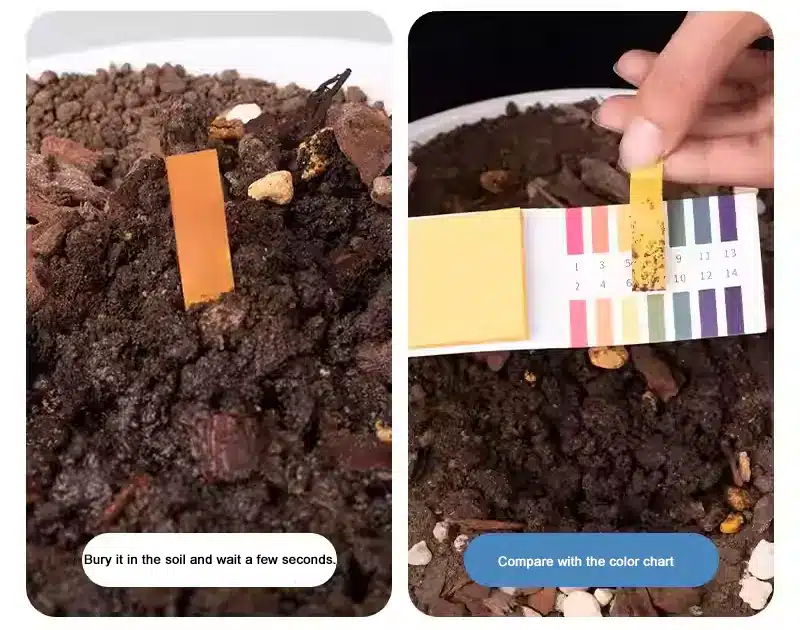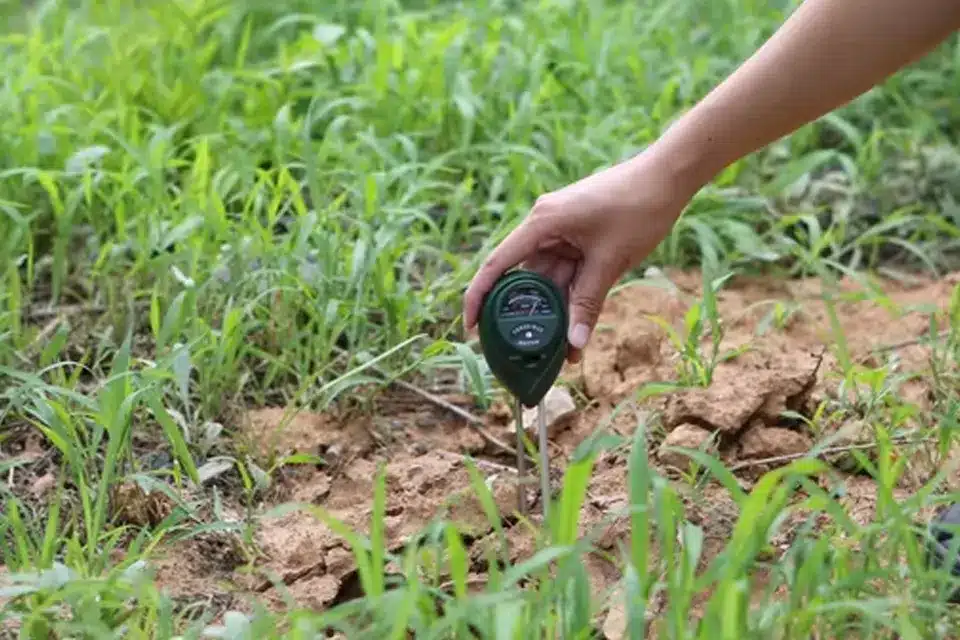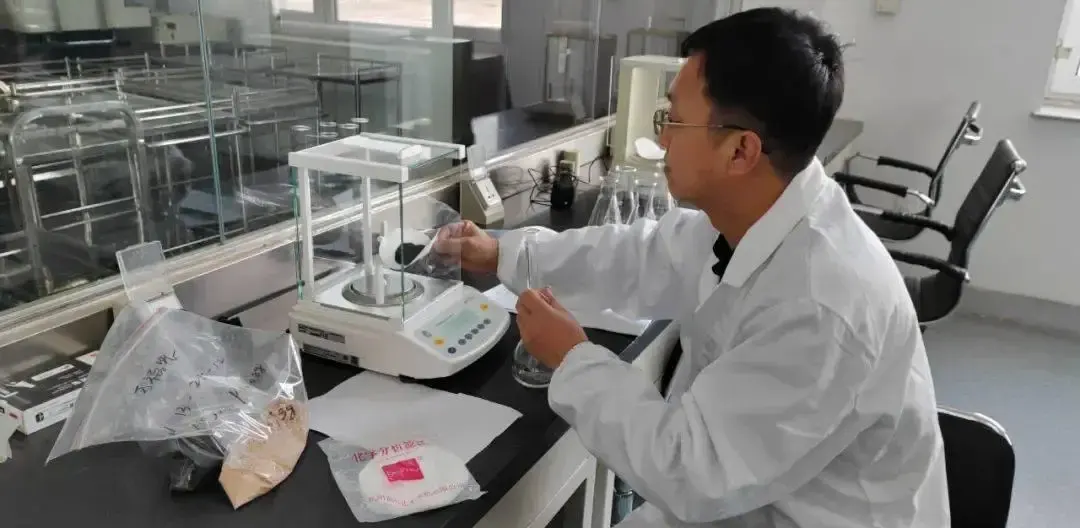table of contents
Tomatoes are one of the best crops for both home gardeners and commercial farmers. Many people have tried growing tomatoes, but many of them have not been successful. Why is there such a difference? Tomato plants won’t grow well if the soil pH level isn’t right, even if the soil is rich in nutrients. The pH level of your soil is one of the most important things to think about when you plan to grow tomatoes. In this article, we will talk about the best pH range for tomatoes, how to test and change the soil pH naturally, and some problems that can happen when the pH is wrong.

Why Soil pH Impacts On Tomato Growth
As we all know, soil pH level is a measure of how acidic or alkaline the soil is, the scale ranges from 0 to 14.
- pH of 7 is neutral
- pH value below 7 is acidic
- pH value above 7 is alkaline
Every plant has its own habits for pH leves, the soil pH has a direct effect on the availability of nutrients for tomatoes. If your soil pH is not correct for tomatoes, your plants cannot absorb the nutrients, such as nitrogen, phosphorus, and potassium, even if your soil has enough of them.
Wrong pH Impact
- If the pH is too low (below 5.5), nutrients like calcium and magnesium become less available, which can cause blossom end rot and slow growth.
- When the pH is too high (above 7.5), iron and manganese are less likely to be absorbed, which causes yellow leaves and a poor fruit set.
Best pH Range for Tomato Soil
The best soil pH for tomatoes is slightly acidic, the range is from 6.0 to 6.8. Tomatoes can absorb the nutrients more easily in the slightly acidic soil. On the contrary, plants may not get enough nutrients if the pH is out of this range, even if the soil is full of nutrients. Here are some signs that your soil’s pH might be wrong:
- Leaves turning yellow even though the soil is fertilized.
- Not enough flowers and fruit growing
- Plant grows slowly or weak stems
How to Test The Soil pH for Tomatoes
If you want to grow healthy tomatoes, you’d better test your soil pH level regularly. Here are the methods as below:
1. Home pH Test Kits

Using pH test kits is very easy for us, the test kits are very cheap and easy to operate. We can buy it online with a very low price, but the accuracy is a little low, the test results are for reference only.
2. Using Digital Soil pH Meters

The digital pH test meter can offer quick results and display, you only need to insert the probe into moist soil to get the result immediately. This test meter price is a little higher than pH test kits, but it’s much easier to use than those test kits. And the accuracy is not high, just like test kits.
3. Laboratory Soil pH Testing

If you’re professional farmers or gardeners, and you own large-scale farmland, the test result is very important to you. We recommend you ask the laboratory for help. We can get the most accurate results; we only need to send the soil sample to an agricultural lab. They can provide the detailed pH levels, including analysis of other components in the soil.
Read more: Organic Tomato Fertilizer
Adjusting Soil pH for Tomatoes
After we get the soil pH level, how can we adjust the soil pH if the testing result is above or below the ideal range? You don’t need to be worried, follow our instructions below, and you can create the perfect soil pH environment for your tomatoes:
- Soil pH higher than the ideal range: If your soil pH is 7 or more, that means your soil is too alkaline, and you need to add more acid to the soil. You can add elemental sulfur or aluminum sulfate.
- Soil pH lower than the ideal range: If your soil pH level is lower than 7 or more, that means your soil is too acidic, and you need to raise the pH to promote the plant’s health. Adding the agricultural lime (calcium carbonate) is a good choice, lime can help to raise the pH closer to the ideal range for tomatoes.
- Organic method to adjust soil pH: Some organic farmers would like to use organic material to control their soil pH level. Such as using compost to help buffer pH naturally. And biochar can help to change the pH of soil too. Another way is to use worm castings to help microbes work better.
Tips for Keeping Ideal Soil pH
Regular Test Soil pH
If we are growing tomatoes, we need to fertilize frequently, and some fertilizers will change the pH of the soil. Environmental factors like rainfall also will affect the soil pH. So regular testing will help us to know about our soil pH condition, and we can adjust the soil based on our testing results.
The pH of the Watering
Every plant needs watering when it is growing, but different water has different pH levels. So we should test the water pH level, get the pH result, and then decide whether we should use this water.
Use Organic Fertilizer
As we know, most organic fertilizers are neutral, and some other pH-neutral fertilizers will not impact the soil’s pH level, and the organic matter can regularly maintain long-term balance.
Use Covering
Covering can not only help to control the soil temperature and moisture level, also can help to prevent some matters such as raindrops and other falling objects that can affect the soil pH.
Crop Rotation
Different plants need different nutrients from soil. Planting the same crop for a long period may deplete specific nutrients, which will disrupt the soil’s pH balance. So, crop rotation is becoming the best choice for many organic farmers.
Common Tomato Problems Caused By pH Imbalance
- Yellow Leaves: It happens when iron and manganese get stuck in alkaline soil.
- Poor Fruit: Plants get stressed when the pH is imbalanced, which makes them produce fewer flowers and fruit.
- Blossom End Rot: This is caused by a lack of calcium, which is often caused by soil that is too acidic.
Conclusion
If you want to get the best tomato growth and disease resistance, you need to keep the soil pH right for tomatoes. The tomatoes like the pH level from 6.0 to 6.8 most, if you realize it and know how to maintain the soil in balance, you can ensure all the tomatoes grow healthy and can get the delicious tomatoes year by year.
Related Posts





